
Explainer | Yoga improves mental and physical health, but which type best suits you? 2 experts break down 9 yoga styles
- Yoga’s many health benefits are well known, and with so many different types to try, it’s hard to know which style is best for you
- Two Hong Kong experts – yoga therapist Charlotte Douglas and yoga instructor Anri Shiga – break down nine styles to help you figure out which one suits you
Yoga has a long history, originating in India more than 5,000 years ago. The word yoga derives from the Sanskrit word yuj, which means to join or unite. Today, millions of people around the world have taken it up for its physical and mental health benefits.
To understand the different yoga styles, the Post spoke with two Hong Kong yoginis (female yoga teachers) with more than a decade of teaching experience: yoga therapist Charlotte Douglas, founder of Charlotte Douglas Yoga, and ballerina Anri Shiga, an instructor at The Yoga Lane in Sai Ying Pun.
“When it comes to practising yoga there is no right or wrong, no better or good, only a practice of breath and movement that you can incorporate into your life, as a way to help you through the challenges and stresses of modern-day living,” says Douglas. “All styles build strength and improve flexibility and balance on a physical, mental and emotional level.”
Whichever style you practice, Douglas says that it should help you access a sense of connection to the present moment.

9 yoga styles
Vinyasa yoga
Vinyasa yoga links movement and breath, and is usually practised as a series of flowing sequences, says Douglas. Classes may focus on a pose such as a back bend, a theme such as the chakras (energy centres), or an aspect of yoga philosophy.
“The class may be dynamic and focus on strengthening postures, or it may be a slower flow with an emphasis on mobility and flexibility in the spine or the hips.”

Hatha yoga
Hatha derives its name from the Sanskrit word for “sun and moon” and is designed to balance the two opposing forces.
“It is an umbrella term to describe many forms of yoga: any practice that includes yoga postures, breathing techniques, mantras and mudras (symbolic hand and finger gestures) can be considered Hatha yoga,” says Douglas.
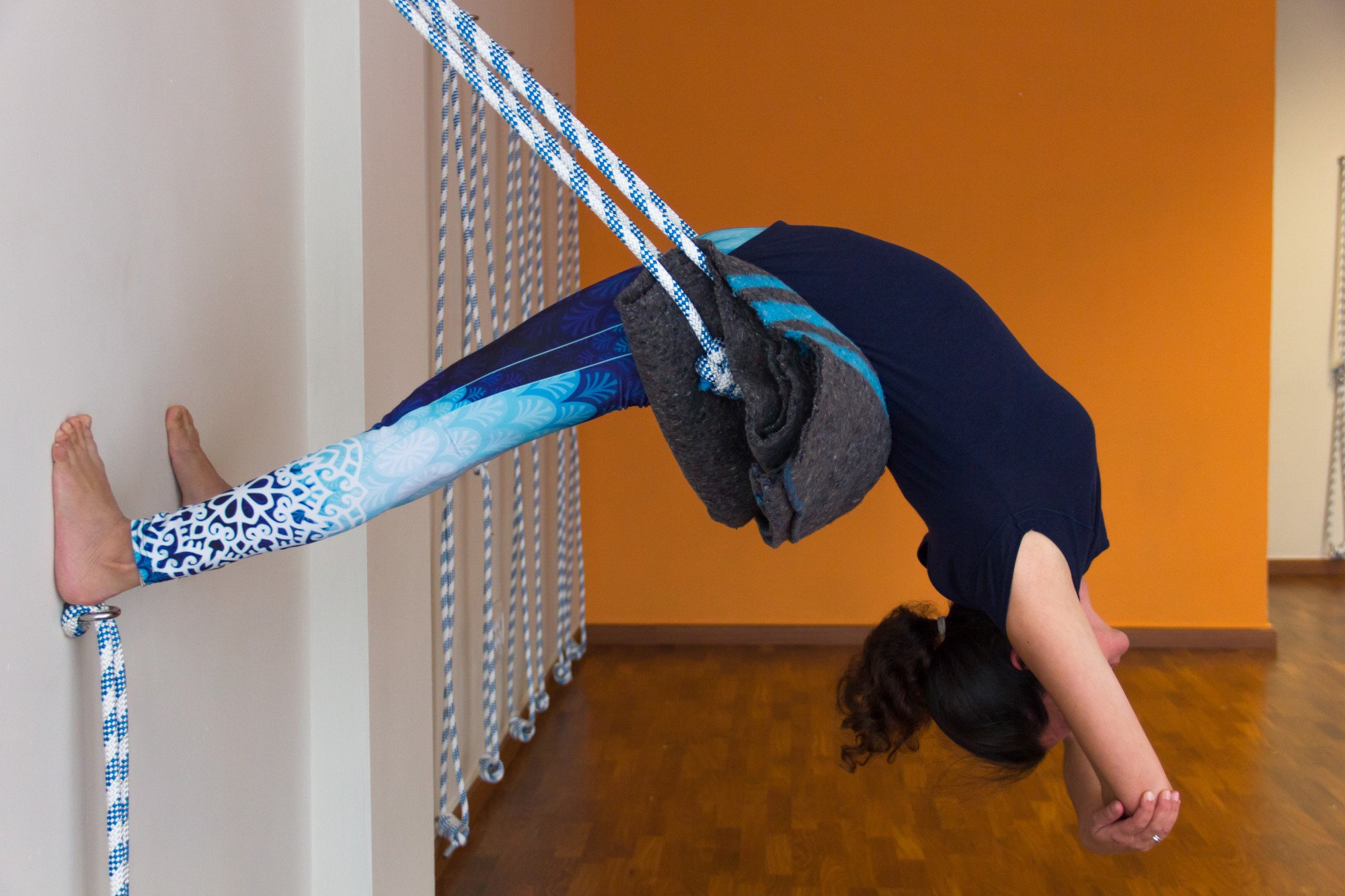
Iyengar yoga
Based on the teachings of Indian yoga teacher B.K.S. Iyengar, this Hatha yoga type emphasises the precise physical alignment of the body in certain postures, says Douglas.
It is a disciplined system with carefully planned and timed sequences. Expect to use different yoga props such as blocks and straps to assist with alignment.
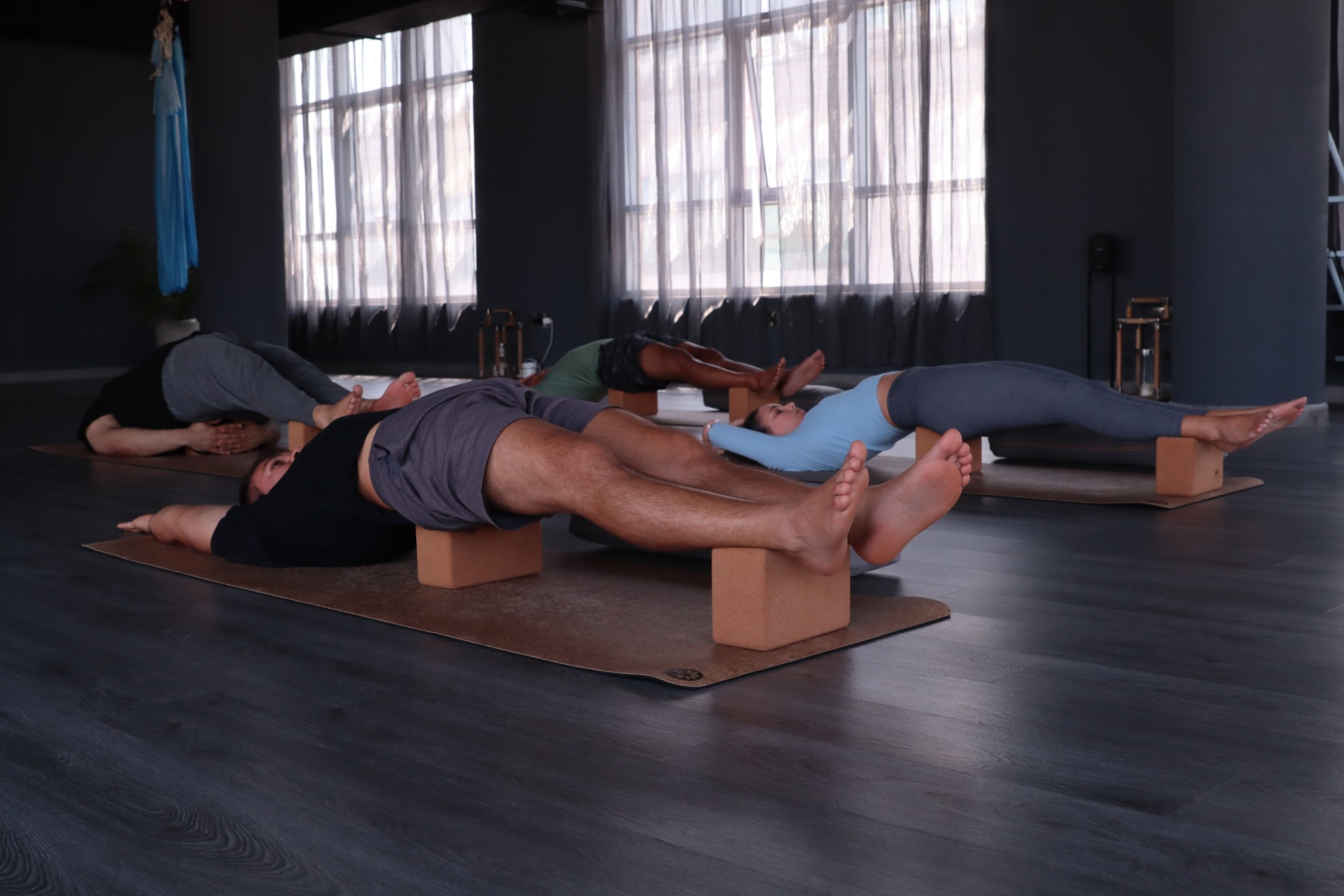
Yin yoga
Deep connective tissues like the fascia, ligaments and joints are the target of this style, says Shiga.
Postures are held for an extended period and include the use of props such as blocks, bolsters, blankets and walls. It is a meditative practice in which you learn to breathe mindfully and in stillness.
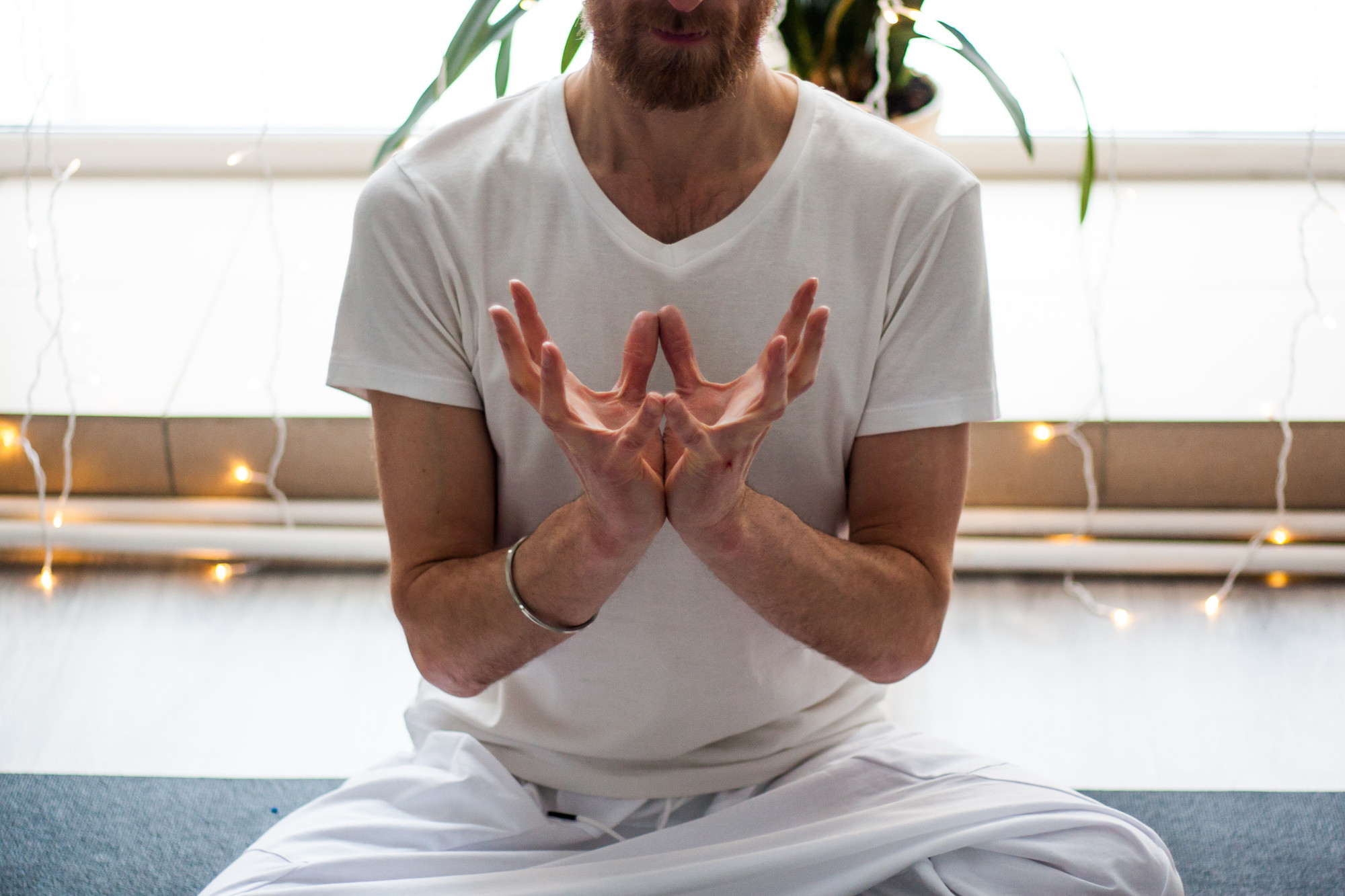
Kundalini yoga
“In Sanskrit, kundalini means ‘coiled like a serpent’, and kundalini energy refers to the coiled-up energy that lies at the base of the spine,” Douglas says.
“When released, this energy moves from the base of the spine through the seven chakras in the spine. This practice uses specific meditations and breathing techniques to ‘raise’ the kundalini energy.”

Hot yoga
There are many versions, but, according to Shiga, the classic hot yoga sequence comprises 26 postures. It is practised in a heated room to support the body’s natural detoxification process through sweating, and to allow deeper stretching because of the heat.
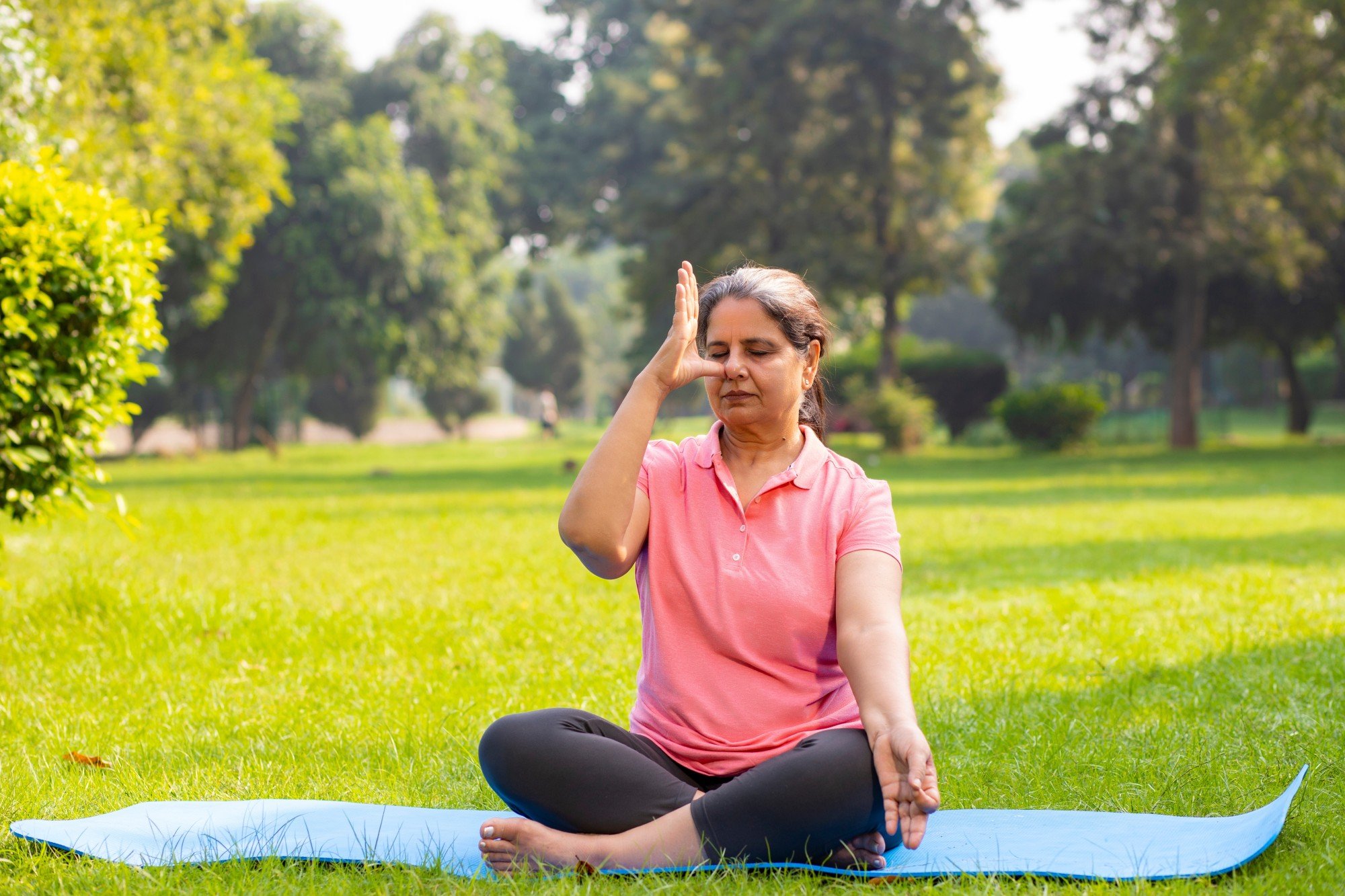
Ashtanga yoga
This dynamic and athletic form of yoga follows a set of sequences, progressing through a series. It emphasises linking movement and breath.
The classical form of ashtanga (meaning “eight limbs”) was outlined in the Yoga Sutras of Patanjali written in 200 BC by the “father” of yoga, and Indian yoga guru Sri Pattabhi Jois adapted this practice into the modern Ashtanga Vinyasa.
How to do Legs Up the Wall yoga pose to reduce stress and signs of ageing
Yoga therapy
“Although all yoga practices are therapeutic and promote healing, yoga therapy focuses on posture and breathwork to help with one’s physical and mental needs,” says Shiga.
“Props may be provided to support individuals working with an injury, and more details may be given during class on ‘why’ we practise a particular posture rather than ‘how’ to practise it.”
When you practise yoga, you may be given set sequences that help you to synchronise your body and breath in a moving practice. This can help to get you out of your body and into your head
Restorative yoga
Postures are held for some time, with the use of props to reduce stimulation so the body can rest and restore while the mind can relax. This can help individuals who are feeling physically or emotionally exhausted, and may also be practised before bedtime, Shiga says.
“Yoga is a ‘work in, not a work out’, so while even the more vigorous and intense practices such as Ashtanga or Vinyasa can be more physically demanding, the ultimate goal stays the same – to develop inner awareness and find peace within,” says Douglas.
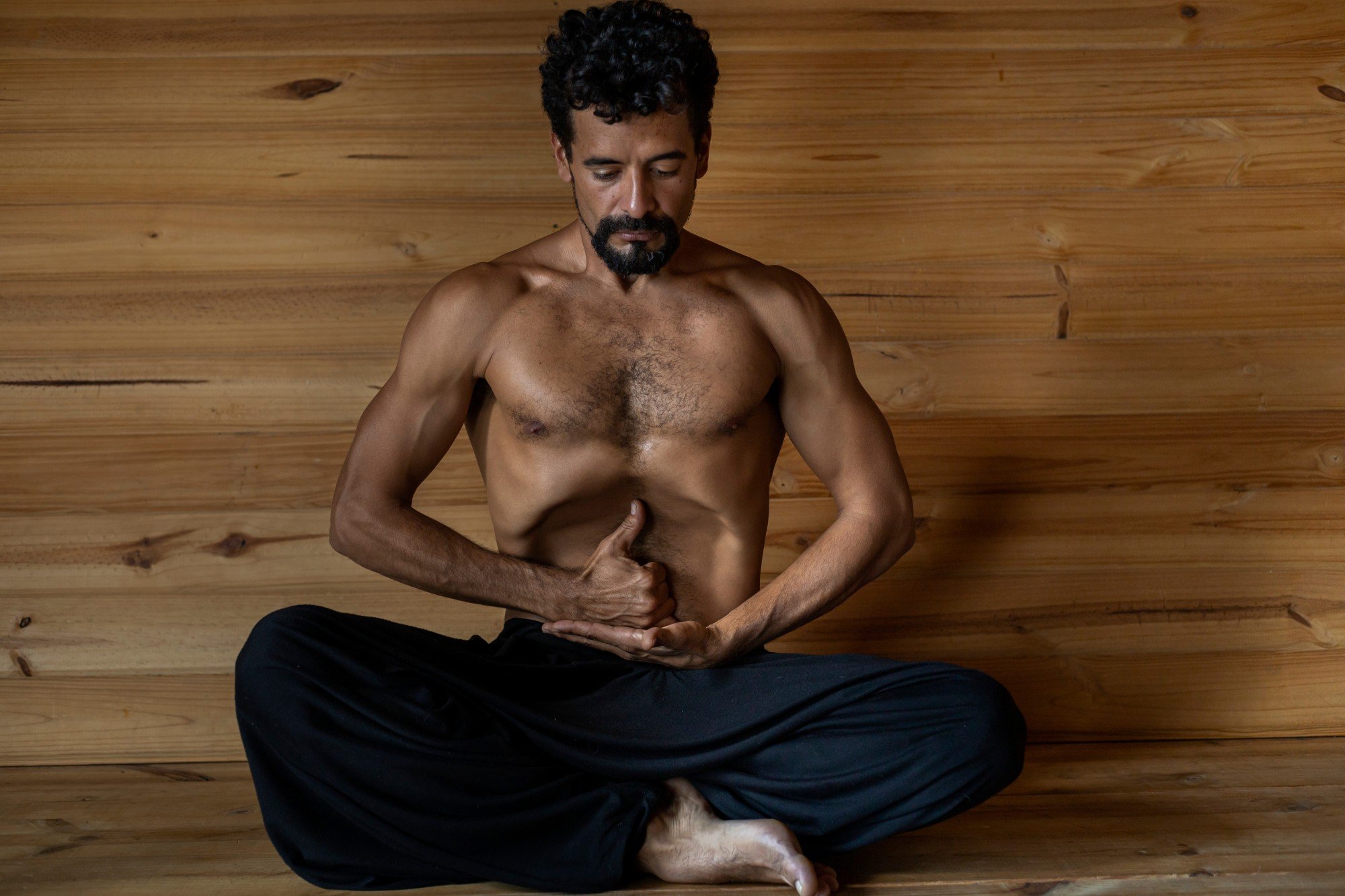
The importance of breath in yoga
Your breathing technique is important when practising yoga. Douglas calls it the absolute foundation of a yoga practice, adding that it is your connection to the breath that completes the practice.
“When you practise yoga, you may be given set sequences that help you to synchronise your body and breath in a moving practice. This can help to get you out of your body and into your head. It’s what makes the practice of yoga less cognitive and more mindful,” she explains.
Different breathing practices can affect the body and mind in different ways.
You can choose calming practices such as sama vritti (“equal breathing”) where the inhale and exhale are the same length, or you can use more stimulating practices such as kapalabhati (“shining skull cleansing breath”), a rapid breathing technique that uses abdominal muscles for forceful active exhalation followed by slow, passive inhalation.
“Yoga is interoceptive, meaning that it teaches us to experience ourselves from the inside. This helps us understand our needs in the present moment and to incorporate whichever form of breath practice can help us connect to our bodies and quieten our minds,” Douglas says.

A practice for everyone
Having taught students with injuries and health issues, Shiga believes that yoga is accessible for everyone. It can be practised on the floor, against the wall or in a chair.
Find a teacher you trust and who can answer your questions, she suggests. If you don’t feel confident joining a group, opt for a private or a semi-private class.
If you’re new to yoga, Douglas suggests joining a beginner’s class to help you understand the basics.
“If you live with chronic illness or pain, it’s important to find a teacher who has an understanding of working with chronic conditions. A yoga therapy, Hatha or Iyengar class may be a good place to start.”
Your gut affects your mental and physical health; here’s how to optimise it
For a gentler approach, try Hatha yoga, slow-flow Vinyasa, or a restorative or Yin class.
If you have stiffness, yoga can feel inaccessible and intimidating, but Douglas says that this is even more reason to find the right teacher and class.
“A practice that allows you time to move from one pose to another without feeling rushed would be most suitable. This can be found in most forms of yoga, but particularly Hatha or Iyengar yoga, ” says Douglas.
Hot yoga is not recommended if you have a heart condition, hypertension, diabetes, asthma or low blood pressure.
Shiga says that some pregnant women who practised hot yoga before becoming pregnant choose to continue; however, if you are pregnant and unsure which yoga style is safe for you, listen to your body and get advice from your doctor.

